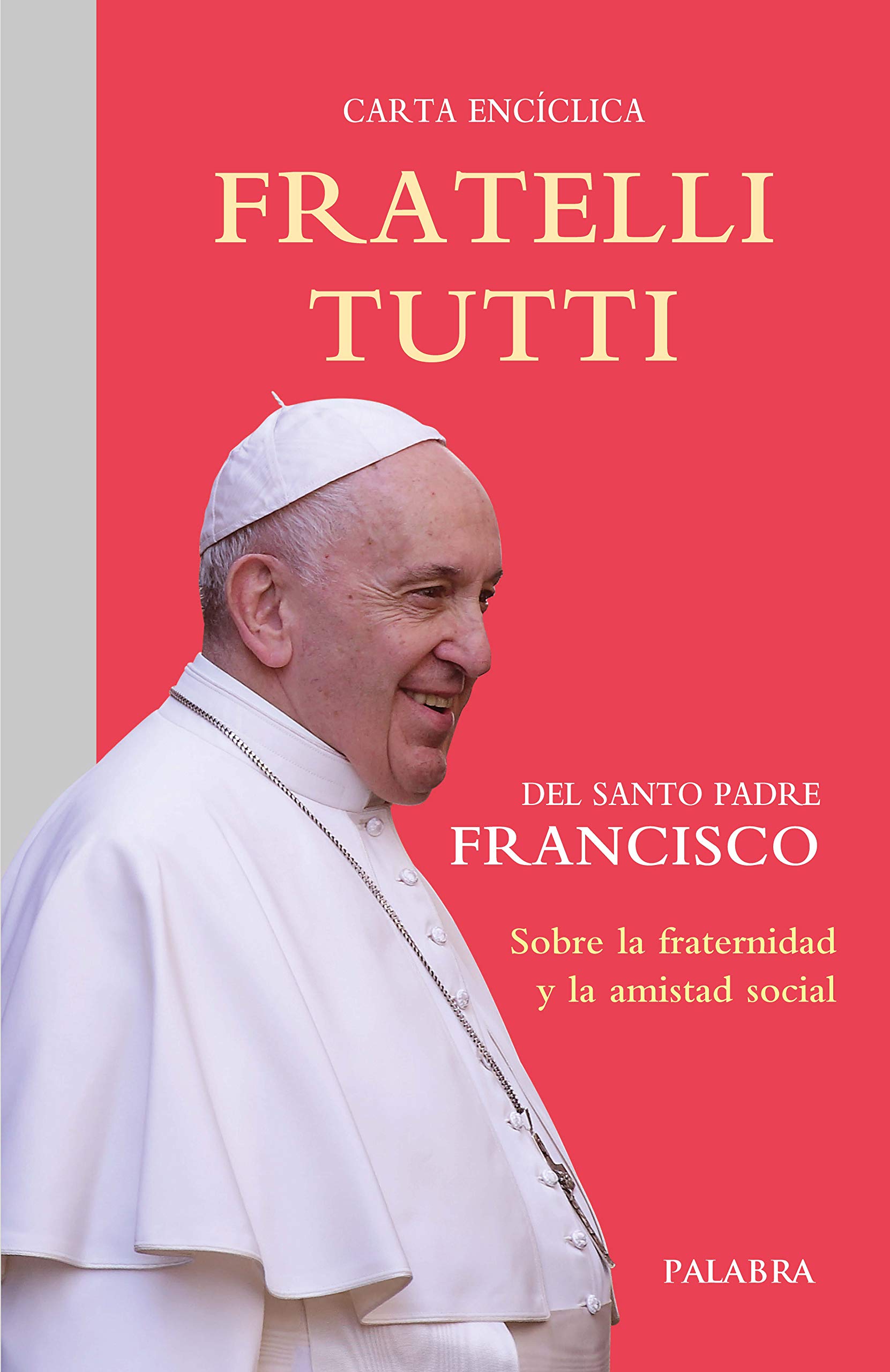Lesson 4: The Gospel According to Mark
 I set out to examine what a community built around the Gospel would be like in our time and place. It made sense to begin by defining what the Gospel is. Last week I looked at Paul’s description. This week I want to see what Mark, the first of the four evangelists, says.
I set out to examine what a community built around the Gospel would be like in our time and place. It made sense to begin by defining what the Gospel is. Last week I looked at Paul’s description. This week I want to see what Mark, the first of the four evangelists, says.
I decided to do that by quickly reading through the book in one sitting. A few things jumped out immediately.
Everything in the book is built around the intention Mark declares in his first sentence. He is going to proclaim the Gospel that identifies Jesus Christ as the Son of God. He does this very deliberately. God himself identifies Jesus as his beloved Son three times: in a voice from heaven at the baptism that kicks off the book, again in a voice at the Transfiguration halfway through, and by raising Jesus from death at the end.
Again, three people confess Jesus as the Son of God at the same markers: John the Baptist at the beginning, Peter halfway through, and a Roman centurion at the end. The centurion is interesting because he is not part of the Jewish nation. One of Mark’s themes is Jesus starting a new stage in God’s salvation of the creation. He also speaks to this in an especially dramatic way when he reports a Syro-Phoenician woman teaching Jesus to open up his ministry and heal her child.
The Gospel also proclaims what Jesus does. Mark describes this as purging the creation of evil. He sees Jesus tackling this right from the start when his first act is casting a demon from a possessed man. In fact, his entire ministry can be read as powerful acts that overcome evil. Healing the sick, mending the maimed, and forgiving sins all restore the goodness of the creation.
A series of mighty acts demonstrates Jesus can do this, because he possesses the power of the creator. That is evident when he feeds crowds of 4000 and 5000, stills a violent storm, and raises a child from death.
Mark’s few teachings call for a repentance that prepares you for living in this purged creation in which the first shall be last and the last first. Mark does not see this as the poor being raised to share wealth with the rich but rather as rich and poor changing places. That goes for powerful political or religious authorities and common people as well. He mentions loving God and neighbor but pays little attention to what that entails.
If Jesus is pictured as the powerful Son of God overcoming evil in the first half of Mark, things start to go downhill after that. Now his identity is hidden, and his power is questioned. He is anointed as the Messiah, but the coronation is performed by a common woman, not a respected priest. People misunderstand, betray, arrest, deny, condemn, whip, mock, and abandon him. In the end, the Son of God even feels abandoned by God his Father.
The usual reading of this Passion pictures the suffering as part of the Son of God’s way of overcoming evil. However, in Mark, the Resurrection is not some glorious affirmation of this in which Jesus rises from death and appears to his followers. Three women go to an empty tomb where a young man instructs them to tell his disciples that Jesus is alive and waiting for them back home in Galilee. Being afraid, they do not do what they are told. And that’s it.
I find this version of the Gospel much more challenging than Paul’s. It retains the mystery of Jesus’ victory over sin, evil, and death. It sends us back home where Jesus will help us cast evil out of this world. It promises somewhere in the future Jesus will return in power to finish the job and rule over a purged creation. In other words, it says “Get Busy!”

 Frontline Study is an online discussion of the scriptures, inviting you to share your comments and your reflections on each weekly topic. Simply click on the "Add Reply" text at the top of each post to see what others have posted and to add your thoughts.
Frontline Study is an online discussion of the scriptures, inviting you to share your comments and your reflections on each weekly topic. Simply click on the "Add Reply" text at the top of each post to see what others have posted and to add your thoughts.
Recent Comments